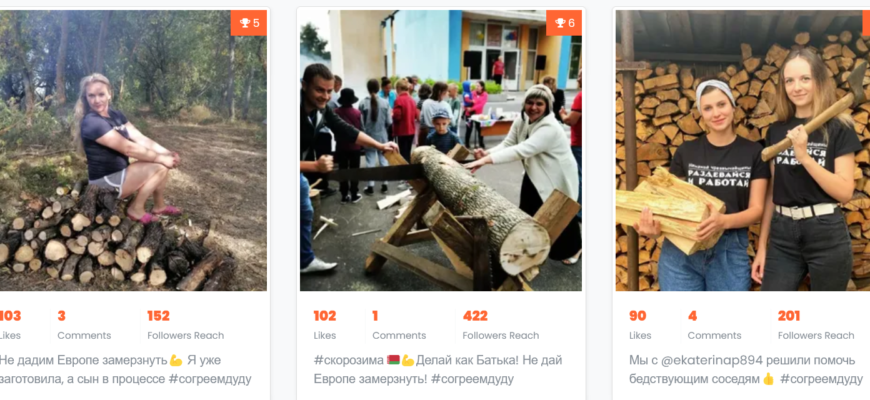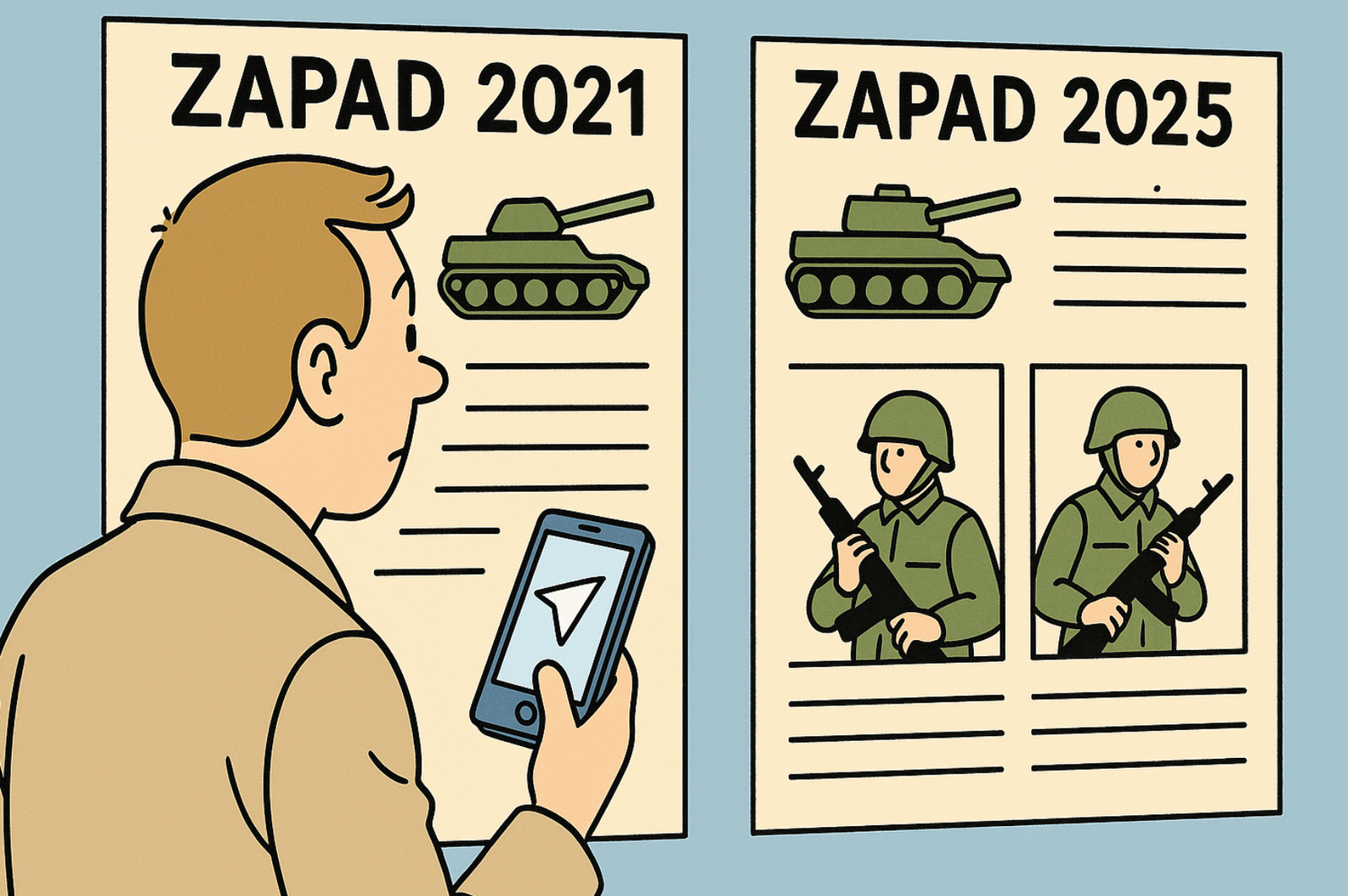Users believe that there is no less unreliable information in instant messengers than on TV, according to the results of a new study of the Belarusian Internet audience from the Digital Skills Coalition Belarus
The study included a block of questions devoted to the topic disinformation in Belarus.
The main question repeated the one that was asked to the Belarusian Internet audience aged 18-74 in August 2021 and February 2021 (before the start of the new phase of Russian military aggression against Ukraine). It sounded like this: Based on your experience, where can you most often encounter fake/false news, disinformation?
The answers were distributed as follows:

Compared to previous research results, a serious change in the attitude towards social networks as a possible source of unreliable information is visible:

A 5% decrease in television is within the statistical error and cannot be considered significant.
Regarding the growth of social networks and YouTube as sources of disinformation, a possible hypothesis is that after February 24, 2022, when the next phase of the large-scale Russian invasion of Ukraine began, the amount of disinformation spread by both sides through social networks, as elements of a hybrid war, increased several times. For the Belarusian Internet audience, the situation in terms of obtaining reliable information is becoming even more dramatic, since the vast majority of Belarusian independent media are blocked, which requires the use of VPN, and from the current study it is known that about 50% of the Belarusian Internet audience does not use any means of bypassing blocking at all. An additional demotivating factor for receiving information from independent media is the current regime’s recognition of them as extremist and terrorist groups.
Socio-demographic differences in respondents’ answers by gender:

As can be seen from the table above, the male audience sees television, YouTube, radio, and printed media as more significant sources of unreliable information.
By age:

We see many surprises. For example, that young audiences do not consider television a serious source of disinformation, but perhaps young people simply do not watch traditional TV channels. The most active part of the Internet audience aged 25-44 years expects the most disinformation in social media (networks, YouTube, instant messengers).
By what criteria do you assess the unreliability, falsity of information
This question completely repeated the same one from the Ukrainian study “Population Attitude to Media and Survival of Different Types of Media 2021”, conducted in 2021.
Result for the Belarusian Internet audience:

Compare with Ukrainian results:










